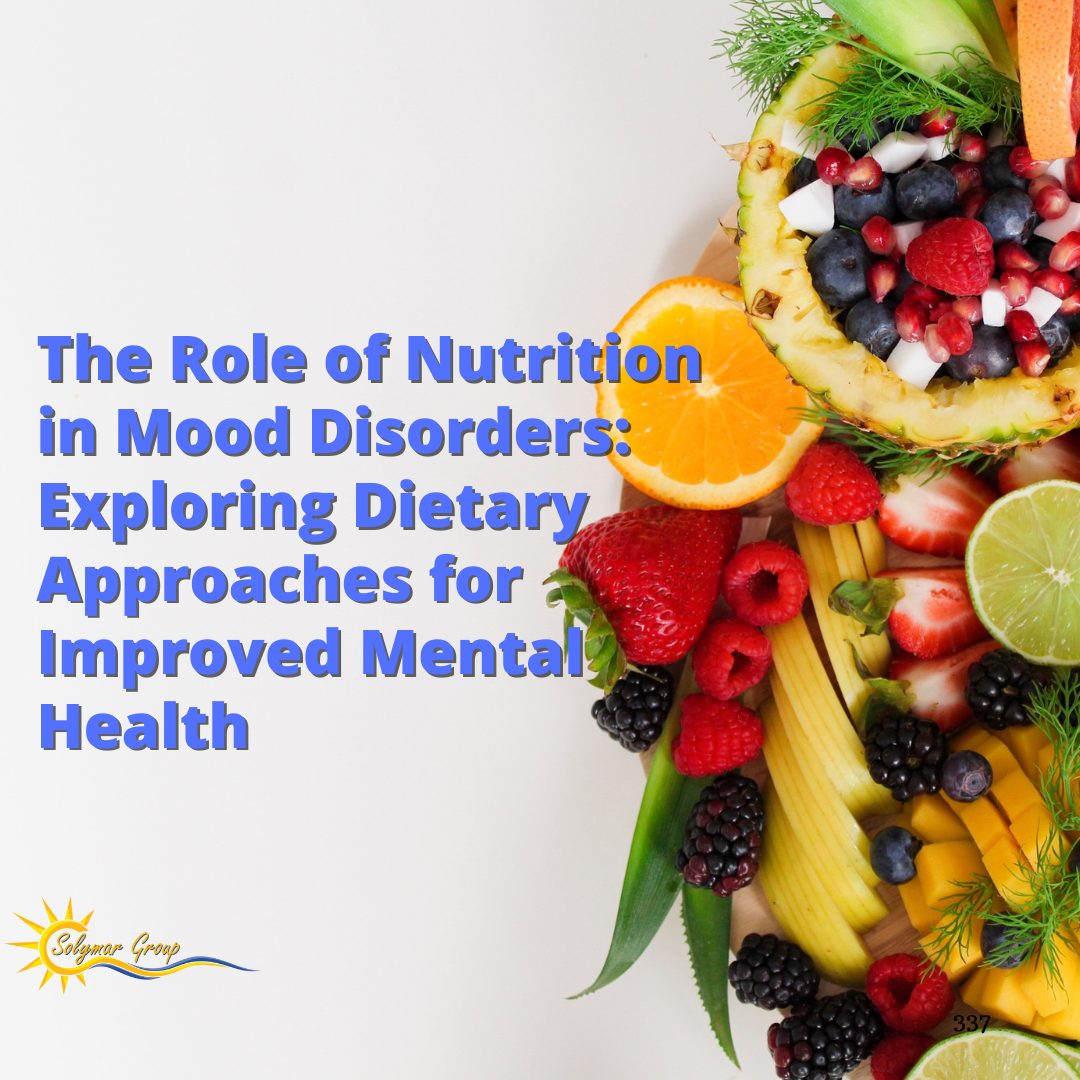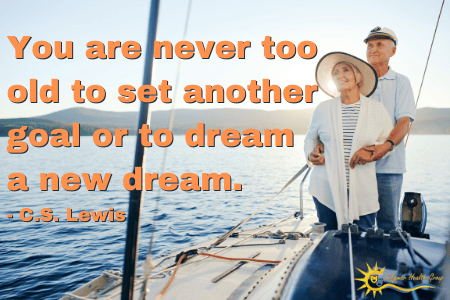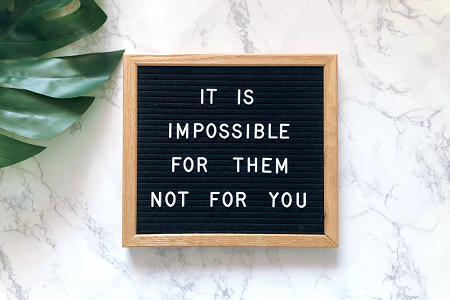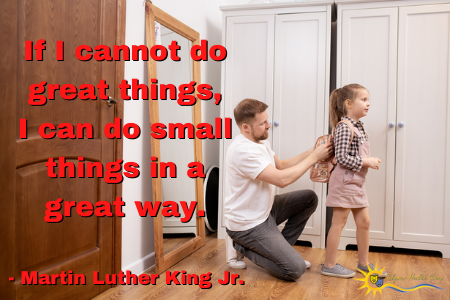![Cultivating Mindful Parenting in the Digital Age: Balancing Screen Time and Family Connections]()
Introduction
In today's digital age, technology has become an integral part of our lives. From smartphones and tablets to social media and video games, screens have permeated our daily existence. While these innovations bring countless benefits, they also pose unique challenges, particularly for parents. As we navigate this ever-evolving digital landscape, it's crucial for parents to foster mindful parenting practices that strike a balance between screen time and maintaining strong family connections.
In this article, we'll explore the impact of digital technology on family life and share valuable strategies for cultivating mindful parenting in the digital age. By the end, you'll have a toolkit to help you navigate the challenges of screen time while preserving and enhancing your family relationships.
The Digital Age Dilemma
The rise of digital technology has reshaped the way we live, work, and interact. For parents, it has introduced a double-edged sword. On one hand, screens provide educational tools, entertainment, and convenient communication methods. On the other, excessive screen time can have detrimental effects on family relationships and children's development.
1. Understanding the Impact of Screen Time
To cultivate mindful parenting in the digital age, it's essential to comprehend the impact of screen time on children's development. Research has shown that excessive screen time can lead to a range of negative outcomes, including:
- Impaired social and emotional development: Children who spend significant time in front of screens often struggle to develop crucial social skills. They may find it challenging to engage in face-to-face conversations, read nonverbal cues, and form meaningful relationships.
- Reduced physical activity: Excessive screen time often leads to a sedentary lifestyle, which can contribute to health issues like obesity. Encouraging physical activity and outdoor play is vital for children's well-being.
- Sleep disturbances: The blue light emitted by screens can disrupt sleep patterns, leading to sleep deprivation. Adequate sleep is essential for children's cognitive and emotional development.
- Decreased academic performance: Extensive screen time can hinder children's ability to focus on their studies and engage in critical thinking, potentially affecting their academic performance.
2. The Digital Parenting Paradox
Parents often find themselves caught in a paradox. While screens can provide a convenient distraction for children, they also struggle to regulate screen time and maintain a healthy family dynamic. This paradox is exacerbated by the constant availability of digital devices and the pressure to keep up with the latest trends.
Cultivating Mindful Parenting
Now that we've examined the challenges posed by the digital age, let's delve into strategies for cultivating mindful parenting that balances screen time with family connections.
1. Model Mindful Screen Time
Children learn by observing their parents, and this extends to screen time. To instill responsible digital habits, parents must model the behavior they wish to see in their children. This includes:
- Establishing screen-free zones: Designate areas in your home where screens are not allowed, such as the dining room or bedrooms. These areas encourage face-to-face interactions.
- Set screen time boundaries: Define specific time limits for screen usage. This helps children understand when it's time to unplug and engage in other activities.
- Prioritize quality content: Demonstrate the importance of consuming meaningful and educational content by choosing age-appropriate shows, games, and apps.
2. Open Communication
Effective communication is the cornerstone of mindful parenting in the digital age. Encourage an open and honest dialogue with your children about their screen time. Here's how:
- Discuss the purpose of screen time: Ask your children what they enjoy doing on screens and why. This insight can help you guide them toward positive, purposeful activities.
- Explain the potential pitfalls: Age-appropriate conversations about screen time's potential consequences can help children understand the importance of balance.
- Share your concerns: Express your worries about excessive screen time and its impact on family relationships. Discuss the desire to maintain a strong family connection.
3. Co-Engage in Screen Activities
Engaging in screen activities with your children provides a valuable opportunity for bonding. Watch a movie, play a video game, or explore educational apps together. This not only allows you to monitor the content but also strengthens your connection.
4. Encourage Alternative Activities
To strike a balance between screen time and family connections, it's essential to provide alternative activities. Some ideas include:
- Family outings: Plan regular outings, such as hikes, picnics, or museum visits, where screens are left behind.
- Creative projects: Foster creativity by engaging in art and craft activities or cooking together.
- Reading time: Promote reading as a family activity. Share books, take turns reading aloud, and discuss the stories.
- Physical activities: Encourage sports and physical play to ensure your children remain active and healthy.
5. Teach Responsible Digital Citizenship
In the digital age, it's vital to teach children responsible digital citizenship. This includes:
- Online safety: Educate children about the risks of sharing personal information online and the importance of privacy settings.
- Critical thinking: Encourage critical thinking when evaluating online information and content. Teach children to question sources and be discerning consumers of digital media.
- Kind online behavior: Emphasize the importance of being kind and respectful in digital interactions. Discuss the consequences of cyberbullying and online harassment.
6. Create Tech-Free Rituals
Introduce tech-free rituals and routines into your family life. These moments of unplugged togetherness can help strengthen family bonds:
- Family meals: Make it a rule to have tech-free family meals where everyone is fully present and engaged in conversation.
- Bedtime stories: Dedicate time for bedtime stories or conversations before sleep, without screens.
- Weekly check-ins: Set aside a specific time each week for family meetings or check-ins to discuss experiences, challenges, and future plans.
Conclusion
Cultivating mindful parenting in the digital age is a complex task, but it's essential for maintaining strong family connections while embracing the benefits of technology. By modeling mindful screen time, fostering open communication, co-engaging in screen activities, encouraging alternative activities, teaching responsible digital citizenship, and creating tech-free rituals, you can strike a balance that promotes healthy child development and strengthens your family bonds.
Remember, it's not about demonizing screens but about finding a harmonious coexistence between technology and human connections. In the ever-evolving digital landscape, adaptability, communication, and shared experiences will be your greatest allies in cultivating mindful parenting.
Hashtags:
#MindfulParenting
#DigitalAgeParenting
#ScreenTimeBalance
#FamilyConnections
#ParentingTips
#ResponsibleTechUse
#HealthyFamilyLife
#ParentingChallenges
#DigitalParenting
#TechFreeRituals













